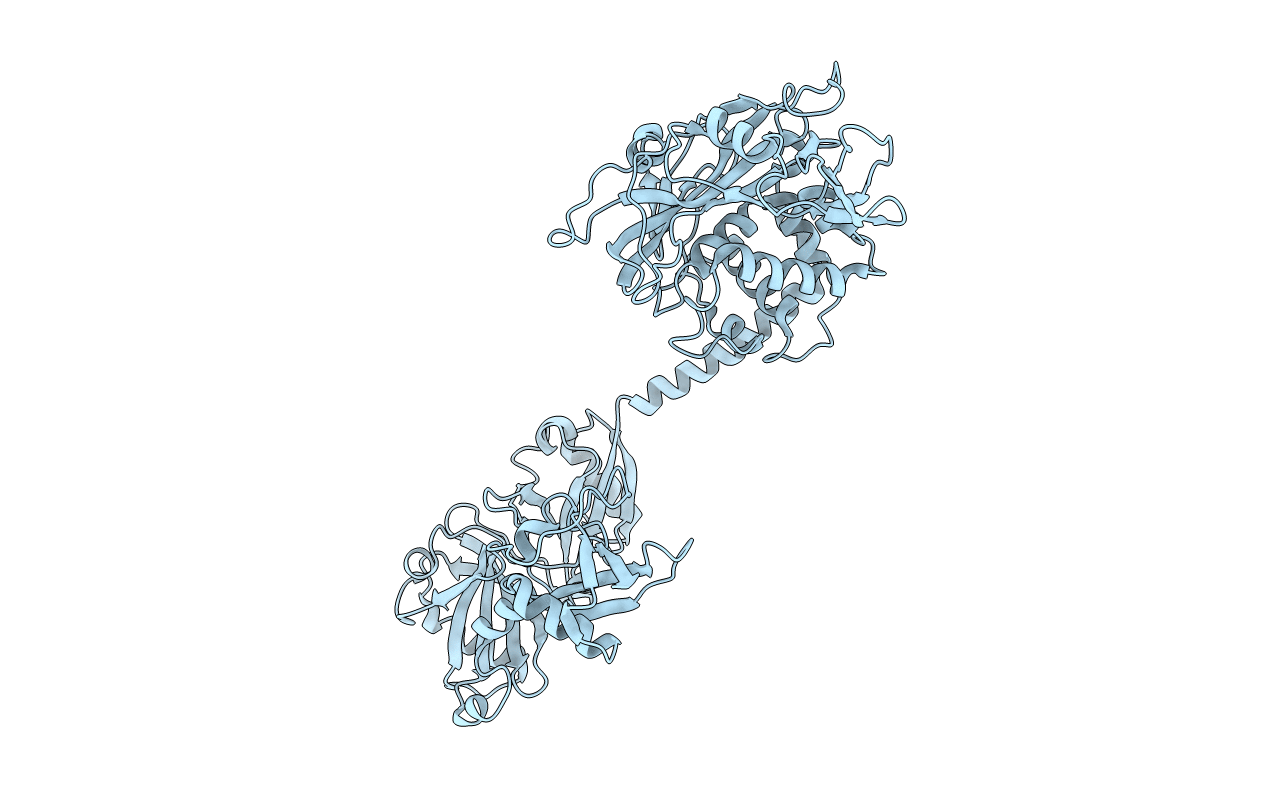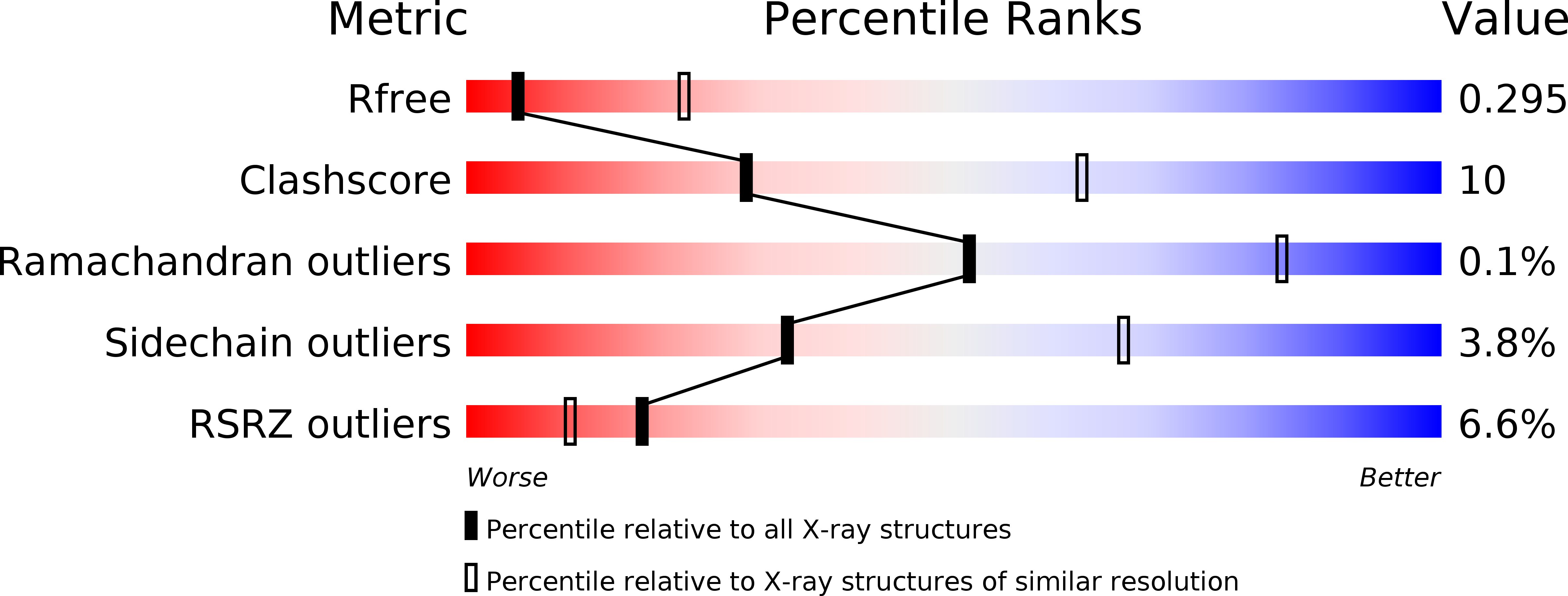
Deposition Date
2016-04-06
Release Date
2016-08-10
Last Version Date
2023-09-27
Entry Detail
PDB ID:
5J7T
Keywords:
Title:
Molecular Understanding of USP7 Substrate Recognition and C-Terminal Activation
Biological Source:
Source Organism:
Homo sapiens (Taxon ID: 9606)
Host Organism:
Method Details:
Experimental Method:
Resolution:
3.20 Å
R-Value Free:
0.29
R-Value Work:
0.24
R-Value Observed:
0.25
Space Group:
F 2 2 2


